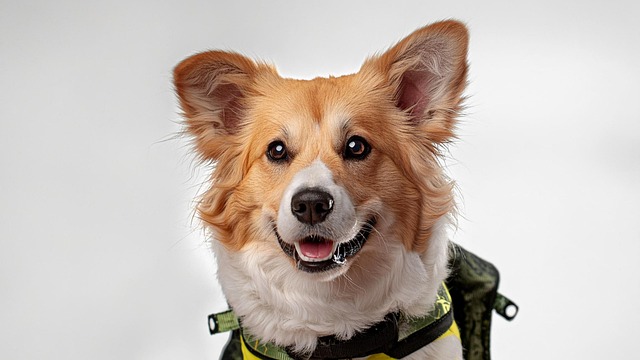
How to deworm a Corgi?
Corgis, with their short legs and big personalities, are a joy to have around—but keeping them healthy means staying on top of more than just their daily walks.
That first night with your new puppy? Let's be honest—it's rarely the serene scene we imagine. You're both exhausted, everything smells unfamiliar, and those heartbreaking whimpers echo through the darkness. We've all been there, staring bleary-eyed at the clock, wondering if dawn will ever come. While the standard "cuddle them close" advice sounds comforting, it often backfires, leaving everyone more stressed. The truth is, your little one isn't just scared; their entire world just vanished. Understanding this primal fear is the key to unlocking truly effective solutions, even if some might seem counterintuitive at first glance.
Conventional wisdom says rush to comfort every whimper. But here's a surprising truth from seasoned behaviorists: sometimes, the kindest thing is *controlled solitude*. It sounds harsh, I know. Picture this: you've set up a safe, cozy crate in a quiet corner, not isolated but separate. Instead of hovering anxiously, you calmly settle nearby, radiating calm energy. Ignoring attention-seeking cries isn't cruelty—it's teaching confidence. When the puppy learns quiet moments don't mean abandonment, their panic subsides. Combine this with another unexpected ally: scent. Forget expensive sprays. That worn t-shirt you slept in? Place it near their bedding. Your familiar smell is a powerful, primal comfort blanket whispering safety far more effectively than constant patting.
Preparation starts *before* sunset. Skip the grand tour; overwhelm fuels anxiety. Designate one quiet room as their initial sanctuary. Set up the crate with soft bedding and your scented shirt. Ensure water is accessible but limited an hour before bed. When night falls, initiate a calm, predictable routine: gentle potty break, quiet time, then into the crate. Here's the crucial step: resist the urge to soothe escalating cries with touch or eye contact. Instead, speak softly from your nearby bed, "You're okay, settle down," in a low, reassuring monotone. If whining turns frantic, wait for a brief lull, then calmly take them out *only* for a quick, boring potty break—no play, no chatter. Back in the crate. Repeat. Consistency is your secret weapon. By morning, they'll grasp that quiet brings security, not neglect.
This approach isn't just about surviving the night; it's laying the foundation for profound trust. When you provide security through structure instead of constant coddling, you communicate confidence. Your puppy learns, "This human understands my fear but knows I can handle it." That tiny heartbeat racing beside you? It starts syncing with your calm rhythm. That first tentative lick in the morning isn't just affection; it's recognition. "You kept me safe." This deep, empathic connection, forged in respecting their need for both comfort and independence, creates a resilient bond far stronger than one built solely on reactive soothing.
Beyond the core techniques, consider the ambient environment. A soft, rhythmic noise like a ticking clock or low-volume white noise can mimic comforting womb sounds. Avoid bright nightlights; dim, indirect light is less stimulating. Resist the temptation to bring them into your bed—it sets a precedent that's incredibly hard to reverse. Common pitfalls? Overcomplicating the space, reacting emotionally to cries, or giving up too soon. Remember, patience is your superpower. If anxiety seems extreme or persists beyond a few nights, consult your vet to rule out health issues. Those first bewildering hours are tough, but navigating them with quiet confidence transforms chaos into the beautiful beginning of your shared story. You've got this.

Corgis, with their short legs and big personalities, are a joy to have around—but keeping them healthy means staying on top of more than just their daily walks.

What treats are safe for 8 week old puppies? It’s a question that new dog owners in the US often ask when starting training—those tiny

Your dog just had deworming treatment, and you want to make sure their recovery goes smoothly. That means paying extra attention to what goes into their bowl in the days following the procedure.

What do dogs think when you leave them for a week? It’s a question that tugs at the heart of every new dog owner in the US, especially when booking that long-awaited vacation.

How do I tell if my dog has anxiety? It’s a question that sneaks up on many new dog owners in the US—maybe your pup paces nonstop when you grab your keys,

Bichons are like little balls of energy wrapped in fluffy white fur—their bright eyes and wagging tails make it hard to stay mad, even when they’re chewing your favorite shoes or darting through the house with a stolen sock.